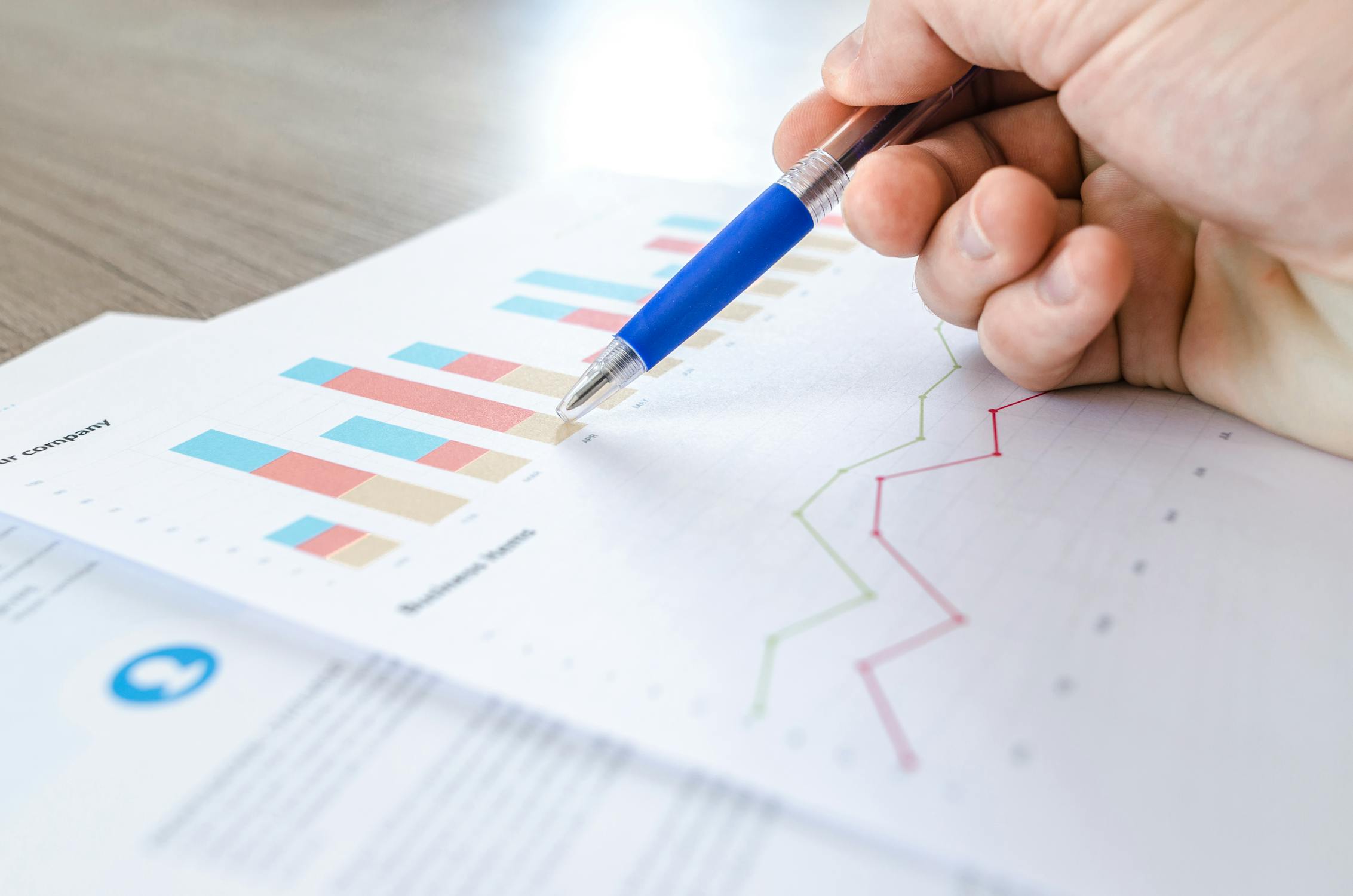
Surveillance Vehicle Selection and Preparation
Choosing the right vehicle for surveillance operations and how to properly equip it for maximum effectiveness and comfort.
Read More
The surveillance report is often the only tangible product a client receives from your investigative services. More than just a summary of events, it's a professional document that may be scrutinized in legal proceedings, used to make critical business decisions, or referenced in court testimony. A well-crafted report enhances your professional credibility while a poorly constructed one can undermine an otherwise successful investigation.
This field guide covers the essential elements of effective surveillance reporting, from proper formatting and objective language to legal considerations that protect both you and your client. Whether you're a seasoned investigator looking to refine your documentation or a new professional establishing best practices, these guidelines will help you produce reports that stand up to scrutiny and effectively communicate your findings.
An effective surveillance report follows a consistent, logical structure that makes information easy to find and understand. Here's a recommended format that incorporates industry best practices:
Begin with a clearly formatted header that includes:
Provide a concise overview (1-2 paragraphs) summarizing:
This section allows busy readers to quickly grasp essential information without reading the entire report.
The body of your report should present a detailed, time-stamped account of all observations in chronological order:
Create a detailed inventory of all collected evidence:
Close with a professional analysis that:
End with a formal statement confirming:
Professional Tip: Create standardized templates that include all these sections to ensure consistency across all your reports. This not only improves efficiency but also reduces the risk of omitting critical information.
The language used in surveillance reports should be clinical, objective, and free from personal interpretation. This approach maintains your credibility and ensures the report will stand up to scrutiny in legal proceedings.
Incorrect:
"The subject was clearly lying to his business partner during their conversation."
Correct:
"The subject appeared nervous, repeatedly looked away while speaking, and contradicted his earlier statement three times during the observed conversation."
Incorrect:
"The subject rudely dismissed the elderly woman and suspiciously hurried to his car."
Correct:
"The subject ended his conversation with the woman, turned away while she was still speaking, and walked quickly to his vehicle, looking over his shoulder twice."
Incorrect:
"The subject limped badly to his car, then drove around for a while."
Correct:
"The subject walked with a pronounced limp, favoring his left leg. He entered his vehicle at 14:32 hours and drove approximately 7.3 miles over a 42-minute period, making stops at three locations."
Throughout your report, be consistent in how you refer to:
Professional Tip: When in doubt about whether language is objective enough, ask yourself: "Would another investigator observing the same scene reach the same conclusion based solely on what was visible?"
Surveillance reports may become evidence in legal proceedings. Understanding the legal implications of your documentation helps protect both you and your client.
To ensure your reports are admissible in court:
Always document that your surveillance:
Remember that all aspects of your report may be subject to discovery in legal proceedings:
For cases involving cohabitation or alimony disputes, we refer clients to Privin's Cohabitation Investigation Services, a trusted national leader. These cases require specialized documentation protocols, particularly regarding:
Legal Warning: Laws regarding surveillance vary significantly between jurisdictions. Always research and comply with local laws before beginning surveillance operations, and update your reporting templates to reflect jurisdictional requirements.
Even experienced investigators can fall into these reporting pitfalls:
Never include unverifiable information or assumptions about:
Timing errors quickly undermine credibility. Avoid:
Never include:
Always document:
Avoid disconnecting narratives from evidence by:
Professional Tip: Have a colleague review your reports periodically as a quality control measure. A second set of eyes can often catch inconsistencies, speculation, or vague language that might weaken your documentation.
Download our professional templates to streamline your reporting process and ensure you're following industry best practices:
Complete template with all recommended sections, proper formatting, and sample language.
Download TemplateReview your reports against this comprehensive checklist to ensure legal defensibility.
Download ChecklistThese templates are regularly updated to reflect current industry standards and legal requirements.
A well-crafted surveillance report reflects your professionalism and attention to detail while providing clients with actionable information they can rely on. By following the guidelines in this field guide, you can create reports that:
Remember that your report is often the only tangible product your client receives. It's worth investing the time to develop strong reporting skills and templates that showcase the quality of your investigative work.
Final Tip: Consider establishing a peer review process in your agency where reports are reviewed by another investigator before delivery to clients. This extra quality control step can identify issues and elevate the overall professionalism of your deliverables.

Former law enforcement officer with 15+ years of experience in surveillance operations and report writing. Michael has testified as an expert witness in over 50 cases.

Choosing the right vehicle for surveillance operations and how to properly equip it for maximum effectiveness and comfort.
Read More
Practical strategies for private investigators to effectively handle questioning during depositions and courtroom testimony.
Read More
Understanding your limitations and when to bring in specialized expertise can protect your reputation and better serve your clients.
Read MoreDownload our complete collection of investigative report templates, forms, and checklists.
Get Templates